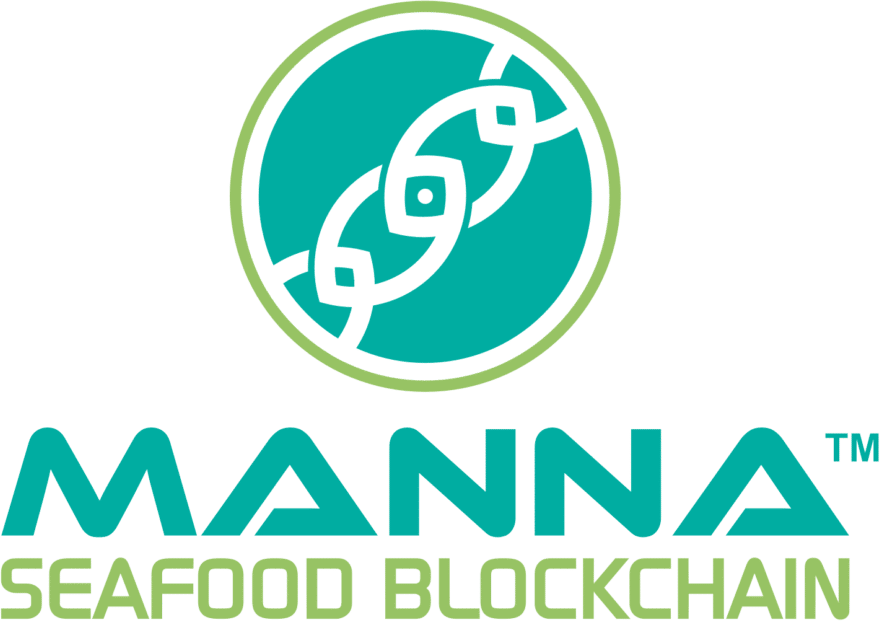Currently, seafood product Information is maintained in silos by separate multiple parties, and is easily changed and virtually impossible to trace...
statistics show that,
on average MORE THAN
of seafood is mislabeled.
This inefficient supply chain ecosystem perpetuates waste and exploits responsible fishermen and farmers.
IUU Seafood is seafood that is
Unregulated
Unreported
Seafood traceability is increasingly a focal point to address the entry of illegally and unethically produced products into the supply chain.
More and more, experts view full supply chain traceability and transparency as the only way to ensure against the continued entry of illegally or unethically produced seafood products into the seafood supply chain. Blockchain is a significant part of the solution – providing the platform for an immutable record tracing products throughout the seafood supply chain. This transparency and traceability enables the market to reward responsible and ethical producers, processors, distributors and retailers, while certainly excluding products that are illegal or unethical. By providing this transparency and traceability, Manna Seafood Blockchain enables and supports rewards to producers who engage in best practices.
What is Blockchain?
To begin, blockchain is a decentralized and digital list of immutable records that can be securely shared. This “ledger” expands to add another “block” of data, as it passes through each user in the distribution process. Being decentralized means that no one participant acts as the central database housing all the records. Instead, all users have access to selected data, with data access definitively blocked as to unshared data.
Breaking Down Myths and Concerns About Blockchain
Users are active in a blockchain and able to access selected data from beginning to end, creating a network to securely track products throughout the supply chain.
This organized tracking of products accumulates blocks of data with information about where, when, and how seafood has been farmed or wild captured , and data continues to be added as the product is refrigerated, frozen, processed, shipped, sold and consumed. Only selected data is shared, and private data is safely maintained outside of the chain.
- Blockchain is not a crypto currency. Rather, blockchain provides a secure platform upon which crypto currencies can be confidently traded.
- Manna Seafood Blockchain tracks seafood on the secure blockchain platform, utilizing the unchangeable and immutable record to ensure quality, provenance, proper temperature maintenance, species verification, and to reduce waste and deter fraudulent activity within the supply chain.
- Manna Seafood Blockchain include. Nodes along the seafood supply chain are critical tracking events (CTEs), such as harvest or trans-shipments. Each CTE creates a block within the chain that is linked to other blocks by a security mechanism called a blockchain:
Such value in this solution includes:
- Blockchain technology has the potential to provide end-to-end traceability.
- Blockchain is paperless and uses a common digital platform.
- Once data is captured, it cannot be deleted or changed.
- Seafood specific tools are added to the chain to increase value to users, such as temperature, carbon footprint and species authentication.
- Blockchain technology provides a platform to build trust throughout the supply chain and to allow users to seamlessly meet mandatory reporting legal compliance.
What is Seafood Fraud?
Seafood is one of the most popular foods in the world, yet seafood consumers lack trustworthy information regarding the seafood products they are consuming. Recent studies have found that 55% of seafood is mislabeled, with seafood fraud costing an estimated $26-50B annually. (source)
Seafood fraud occurs when consumers are misled or misinformed about their seafood, and is often motivated by a desire to increase profits. Consumers directly suffer as a result of the pervasive seafood fraud, as do the seafood producing fishermen and farmers. Seafood fraud costs everyone, and can have negative impacts on marine conservation efforts and seafood safety and quality. NOAA
Tampering and mislabeling of food products for financial gain costs the global economy
an estimated $26-50 Billion annually
Examples of seafood fraud include:
Species
Substitutions
Weights
Misstatements
Origin
Misstated
Illegal, Unregulated and Unreported (IUU) Fishing is devastating our wild fish stocks, with more than three-quarters of fish stocks worldwide fully or overexploited. Aquaculture has potential to bridge the seafood gap, and to take pressure off wild stocks, with more than half of the seafood consumed in the world a product of some type of seafood farming. In the United States, we are currently importing 91% of our seafood (CITE), with approximately 60% of those imports coming from China, and only 2% of those particular imports being inspected!
In order to prevent fraud and build trust, seafood consumers need to know where their seafood comes from, how it was farmed or wild captured, and how it was cared for throughout the supply chain, from fish to dish.
SOURCE:
1. Commercial Fishing – Satellite Monitoring | Global – Fishing Watch
2. Seafood Fraud Becoming a Costly Global Concern – The Food Institute
3. Blockchain to ‘save food industry $31 billion’, new research says – cnbc.com
MANNA SEAFOOD BLOCKCHAIN
Our integrated management team has a strong background in technology, business and seafood.

